5 reasons to buy Google Pixel 9 Pro Fold — and 3 reasons to skip
Here's why you should consider Google's new foldable — and why you might want to look elsewhere
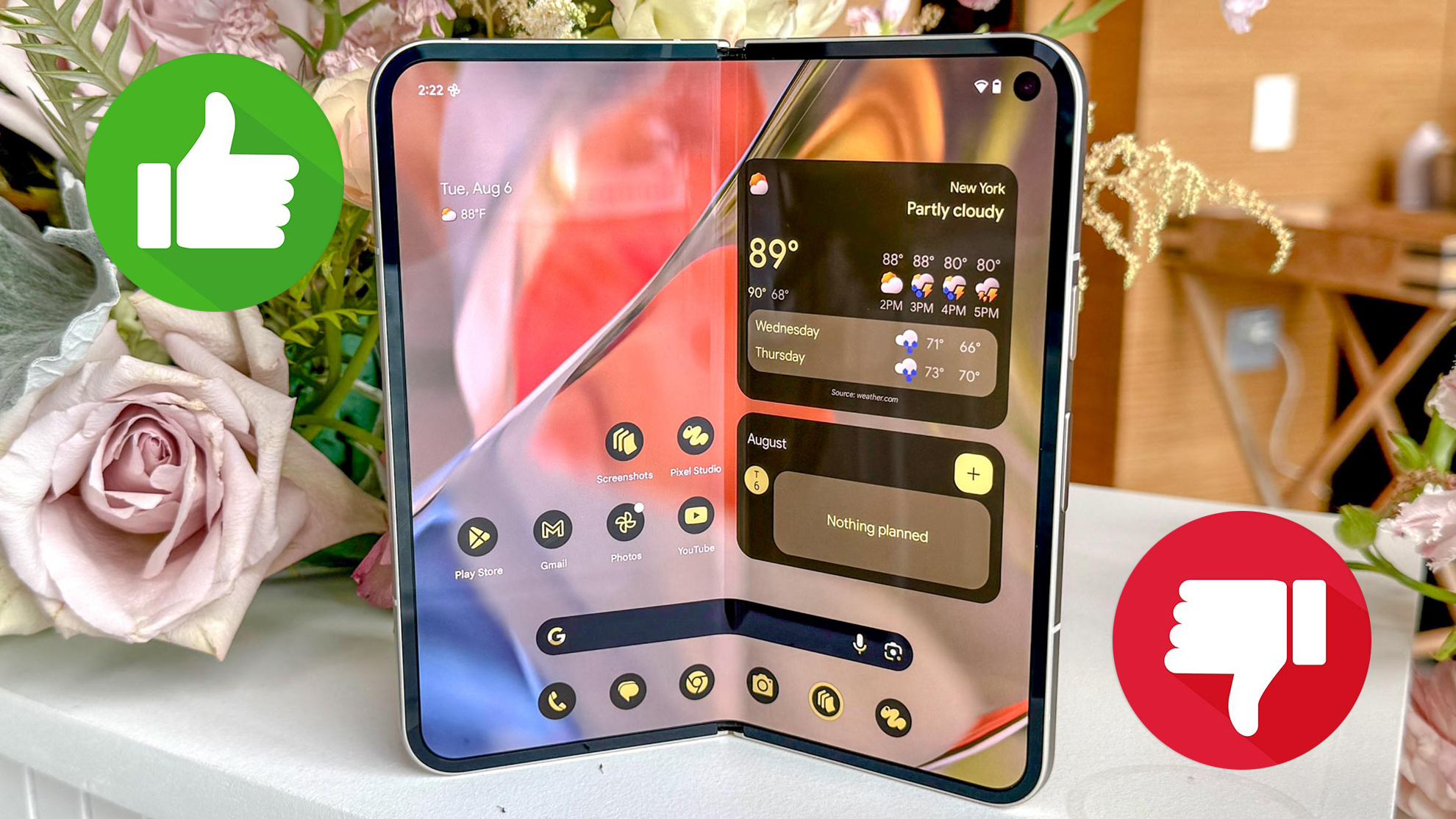
The Google Pixel 9 Pro Fold doesn't go on sale until September 4. But there's no time like the present to decide whether the follow-up foldable phone from Google should be your next mobile device. With the steepest price of any new Pixel 9 model, the Pixel 9 Pro Fold takes a pretty big commitment, so you'll need to consider if its different features meet what you're looking for in a phone.
We haven't had a chance to fully test the new device, but we've had enough Pixel 9 Pro Fold hands-on time to form some first impressions. And they're mostly positive when we look at the changes Google made to the Fold's design as well as the more advanced AI capabilities that it's introduced with this new edition.
Given our early look at the Pixel 9 Pro Fold, here's the case in favor of buying this new foldable as well as a few reasons why you might want to consider a different phone.
Google Pixel 9 Pro Fold: Reasons to buy
This is a thinner and lighter foldable
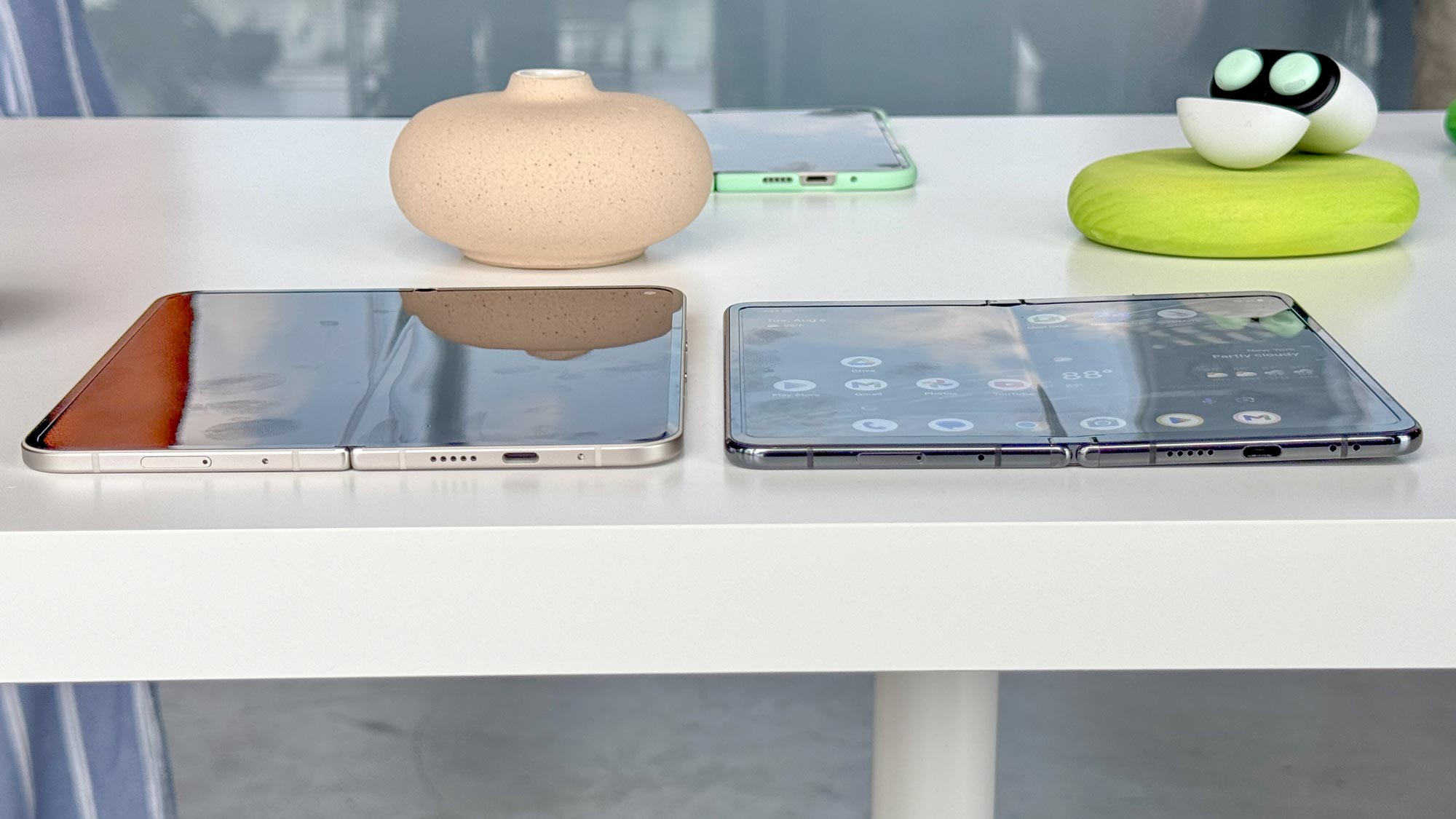
Having a lot of screen space is one of the biggest reasons to get a foldable phone, but the extended display usually comes at a cost — foldables can be a pain to tote around. The original Pixel Fold was no exception to the rule, with a 10-ounce weight that really proved a heavy load for users on the go.
Thanks to some design tweaks, including a new hinge, the Pixel 9 Pro Fold sheds some of that weight. At 9.1 ounces, it's still on the heavy side for a phone, but that is nearly an ounce lighter than its predecessor. The Pixel 9 Pro Fold also happens to be thinner when it's fully opened — so thin in fact that it has the most slender profile of any foldable phone available in the U.S. Samsung, which touted the thinness of the Galaxy Z Fold 6 when that phone arrived a month before the new Pixel, must be seething that the Pixel 9 Pro Fold beats it out by a mere 0.5mm.
The displays got bigger
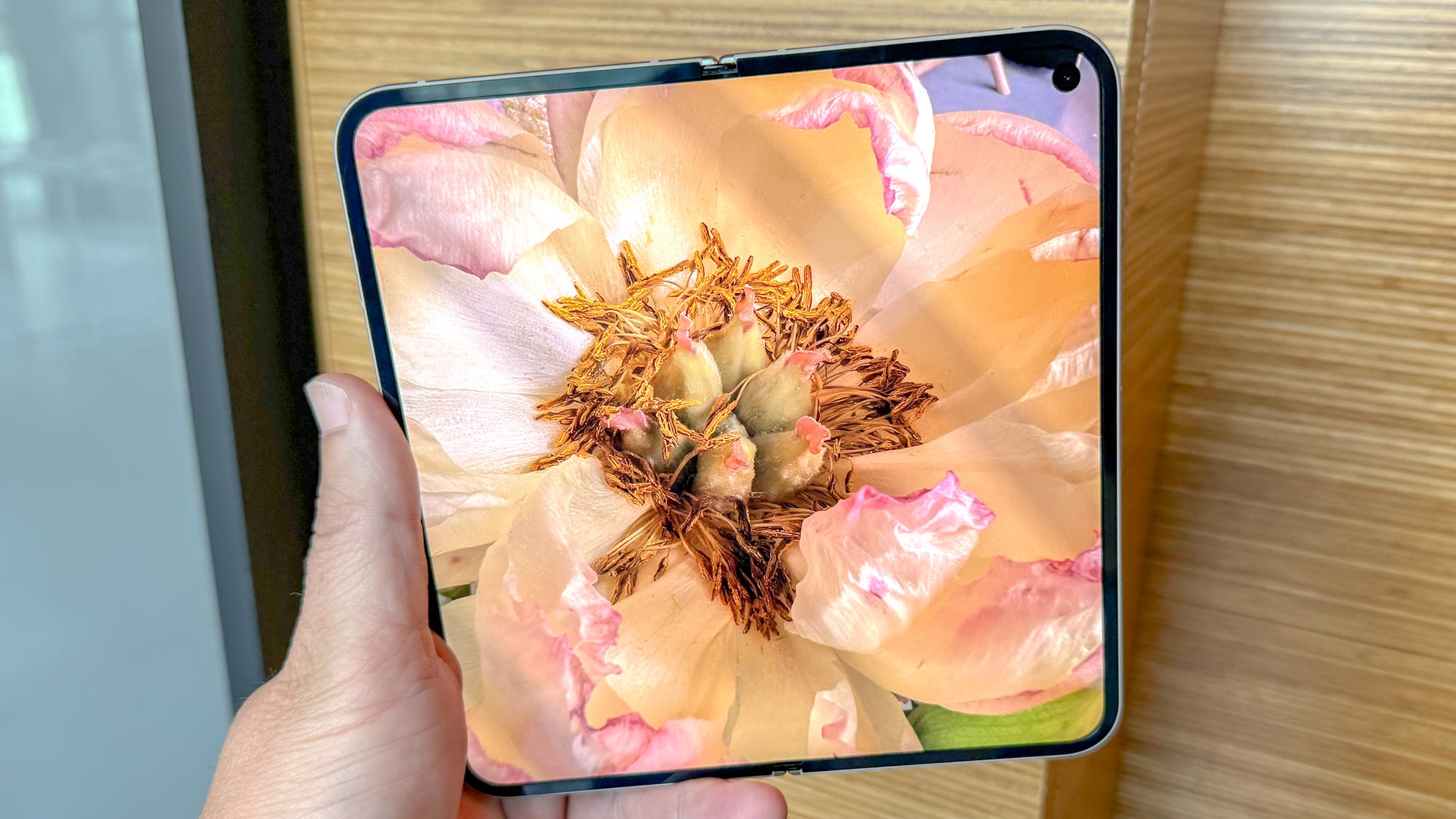
With a 5.8-inch outer display and 7.6 main screen, the original Pixel Fold was hardly cramped for space. But in an instance where bigger definitely proves to be better, both panels on the Pixel 9 Pro Fold are much larger than what came with their predecessors without a corresponding increase in the size of the device.
The cover display on the Pixel 9 Pro Fold is now 6.3 inches, the same size as the screen on the Pixel 9. To fit in the extra screen real estate, Google changed the aspect ratio, so that the screen is no longer as wide as it was on the original model. Thankfully, it's still proving to be easy to type on.
As for the main display, Google found enough extra space to expand the panel to 8 inches, giving the Pixel 9 Pro Fold the largest display among its main rivals. The screen size increase came about by tackling one of our bigger complaints about the original Fold — the bezels have shrunk considerably.
The displays are getting brighter, too
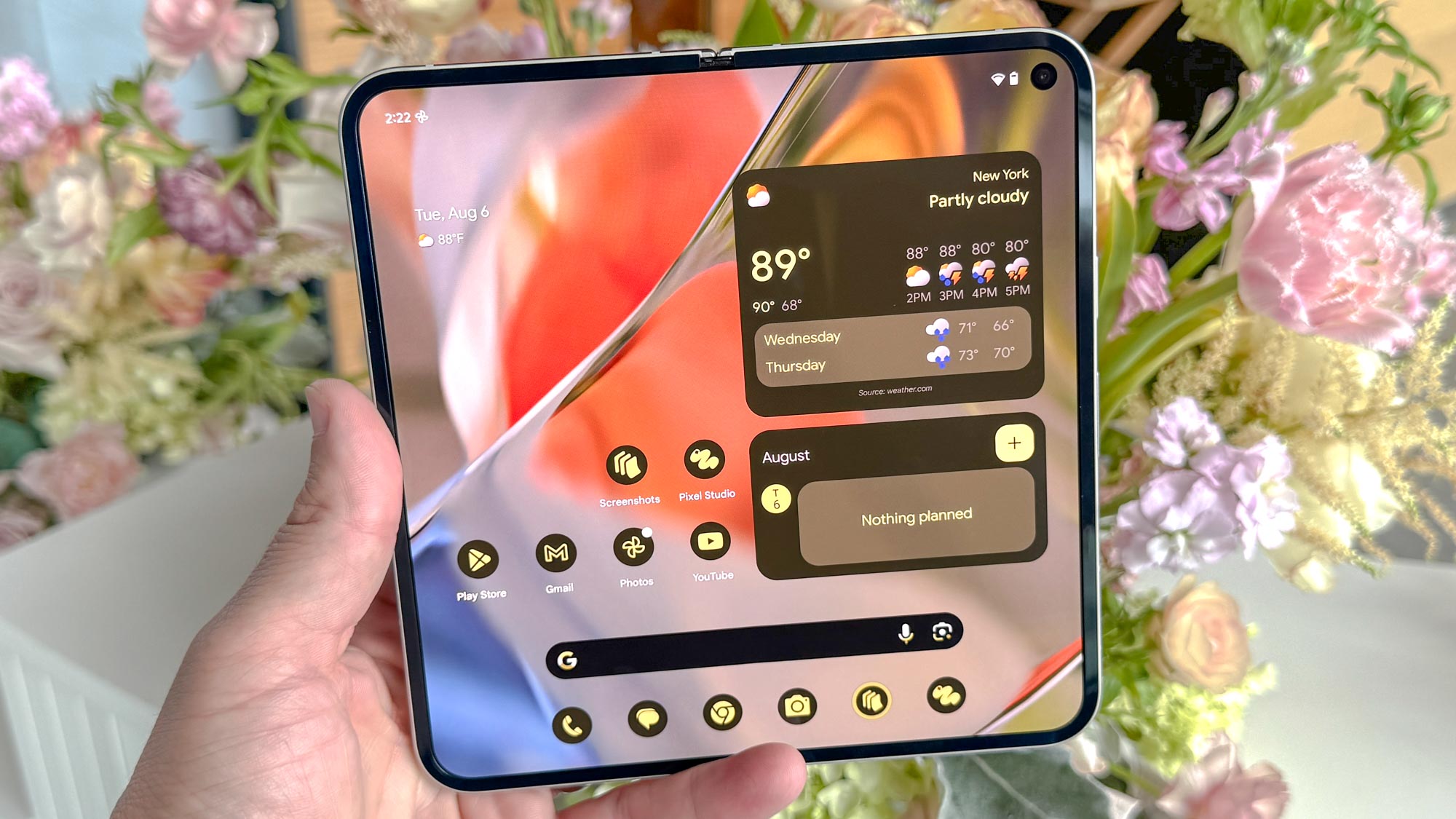
The Pixel Fold's displays were bright enough for when that phone came out more than a year ago, but phone makers aren't exactly in a holding pattern when it comes to screen brightness. Instead, each subsequent phone release seems to promise an even brighter panel than before, as device makers look to outshine the competition.
Google hopes to continue that with the Pixel 9 Pro Fold. Both of the phone's displays promise a maximum brightness of 2,700 nits under ideal conditions. We're not likely to see that under normal usage, but when we get the chance to break out our light meter, we would anticipate a brighter result than the 1,172-nit reading we got from the Pixel Fold's interior display. The real question, though, is whether the Pixel 9 Pro Fold can challenge the Galaxy Z Fol 6's 2,317-nit reading when we tested Samsung's latest foldable.
Truly helpful AI features
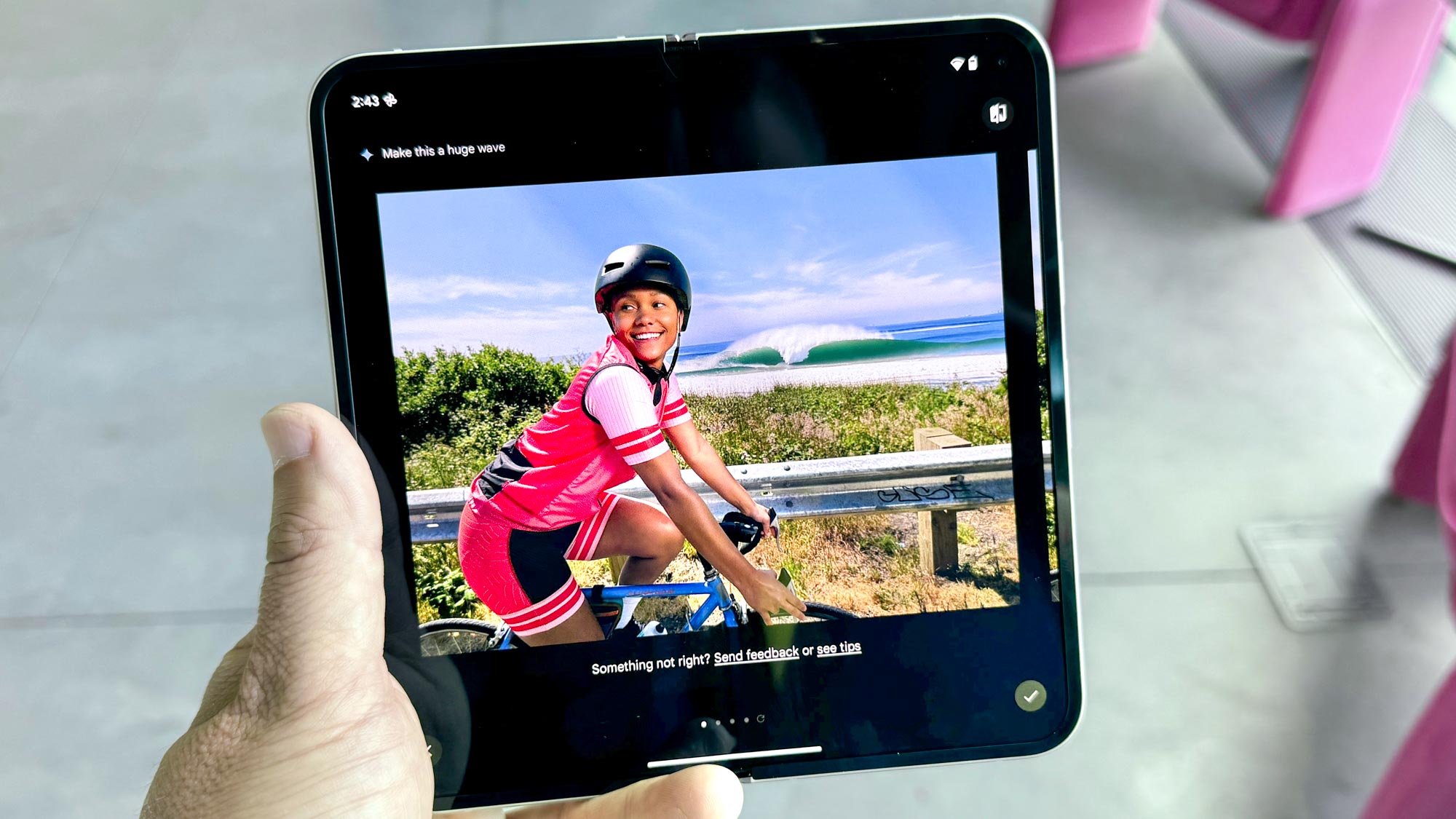
With the Pixel 9 lineup, Google wants to remind everybody that it's been packing AI features onto its phones long before its rivals hopped on to the hottest trend in mobile. And the Pixel 9 Pro Fold benefits from that AI focus, with new features powered by its Tensor G4 chipset and 16GB of RAM.
Some of these new capabilities are photo-focused, like the Add Me tool that blends together multiple photos so that anyone taking a group shot can also appear in the final image. Reimagine lets you tweak the photos you capture using text prompts while Pixel Studio generates images completely from your ideas.
But Google didn't limit itself to using AI to boost your photos. Call Notes records and transcribes phone calls on the Pixel 9 Pro Fold, producing a summary of the transcript for your quick reference. Pixel Screenshots is smart enough to search through all the screenshots you've got stored on the Fold to find specific content. And, of course, Google Gemini is around, along with a year's subscription to Gemini Advanced for using AI to perform some truly complex tasks.
There's a through-line running across these different AI capabilities — they're all practical additions that you're likely to work into your regular phone usage. So if you've been dubious about whether AI is a fad or not, the Pixel 9 Pro Fold seems designed to make it an integral part of your mobile experience.
It's a compelling rival to the Galaxy Z Fold 6
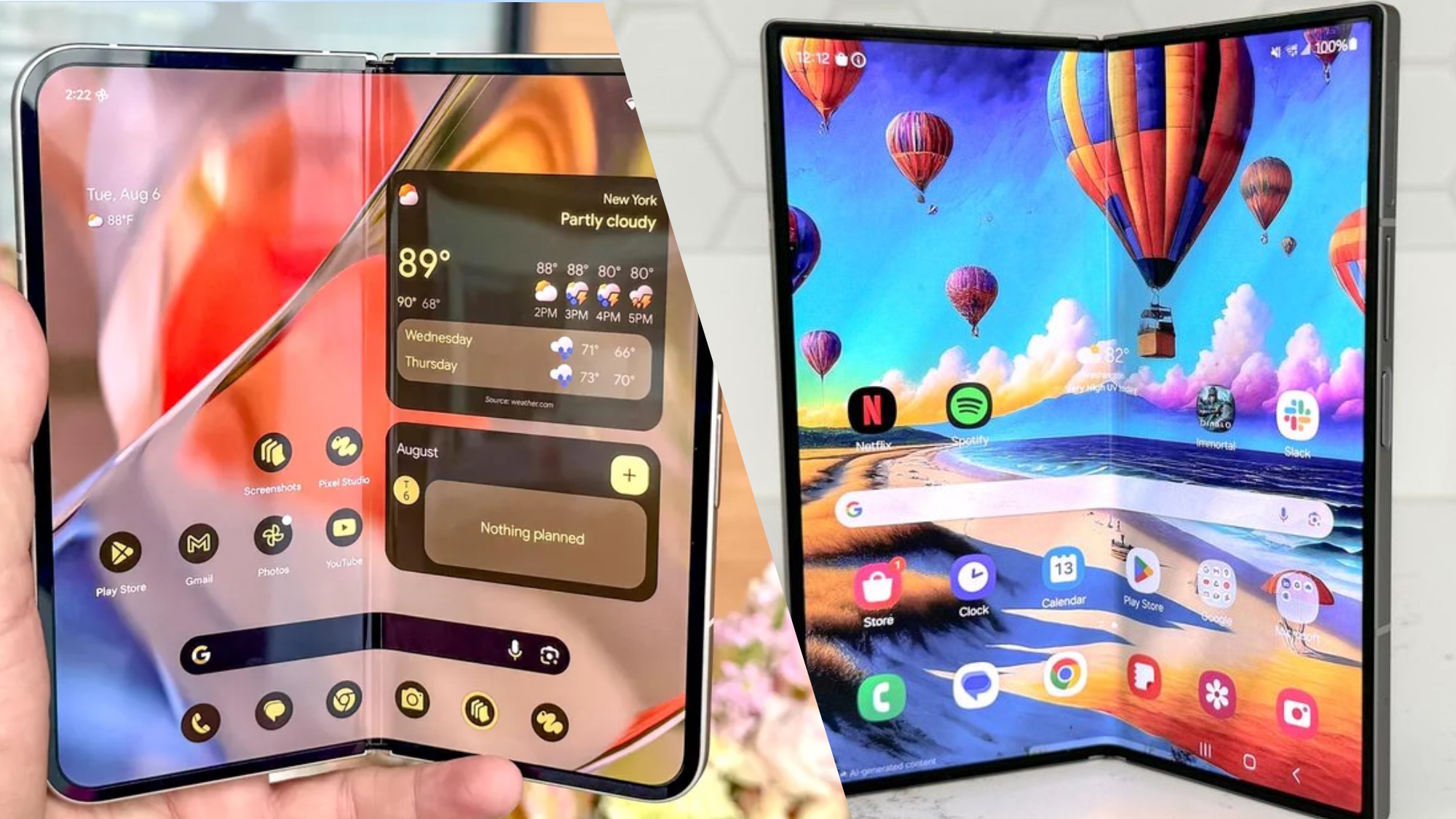
These days, you've got a choice in foldable phones, and as my colleague Mark Spoonauer has argued, you can make a pretty compelling case for the Pixel 9 Pro Fold over another recent release, the Galaxy Z Fold 6 from Samsung. We'll have to run head-to-head tests with both phones, but in several key areas we've already outlined — thinness and AI features chief among them — Google's new phone may have Samsung's number.
It also helps the Pixel 9 Pro Fold's case that it's relatively cheaper than the Galaxy Z Fold 6 after Samsung raised the price of its foldable by $100. That means you'll now have to pay $1,899 to get your hands on a Galaxy Z Fold 6 compared to $1,799 for a Piel 9 Pro Fold. Sometimes, you get ahead just by standing in place.
Google Pixel 9 Pro Fold: Reasons to skip
The Pixel 9 Pro Fold is still expensive
When I said that the Pixel 9 Pro Fold is relatively cheaper than Samsung's latest foldable, "relatively" is doing Olympic gold medal-levels of heavy lifting in that sentence. While Google deserves some credit for holding the line on the price of its foldable phone — especially in light of higher prices on some Pixel 9 models — $1,799 is still a lot to pay for a phone.
The high price is even more apparent when you consider that the OnePlus Open costs less than both the Pixel 9 Pro Fold and the Galaxy Z Fold 6, and it happens to be the best foldable phone in our estimation. (To be fair to the Pixel, those rankings could change once we finish evaluating Google's phone.) In other words, you don't have to pay as much as $1,799 — and certainly not $1,899 — to get a great foldable phone.
Our advice? Keep tabs on the best Pixel 9 Pro Fold pre-order deals if you're considering Google's new phone, and try to drive that price down.
No big camera improvements
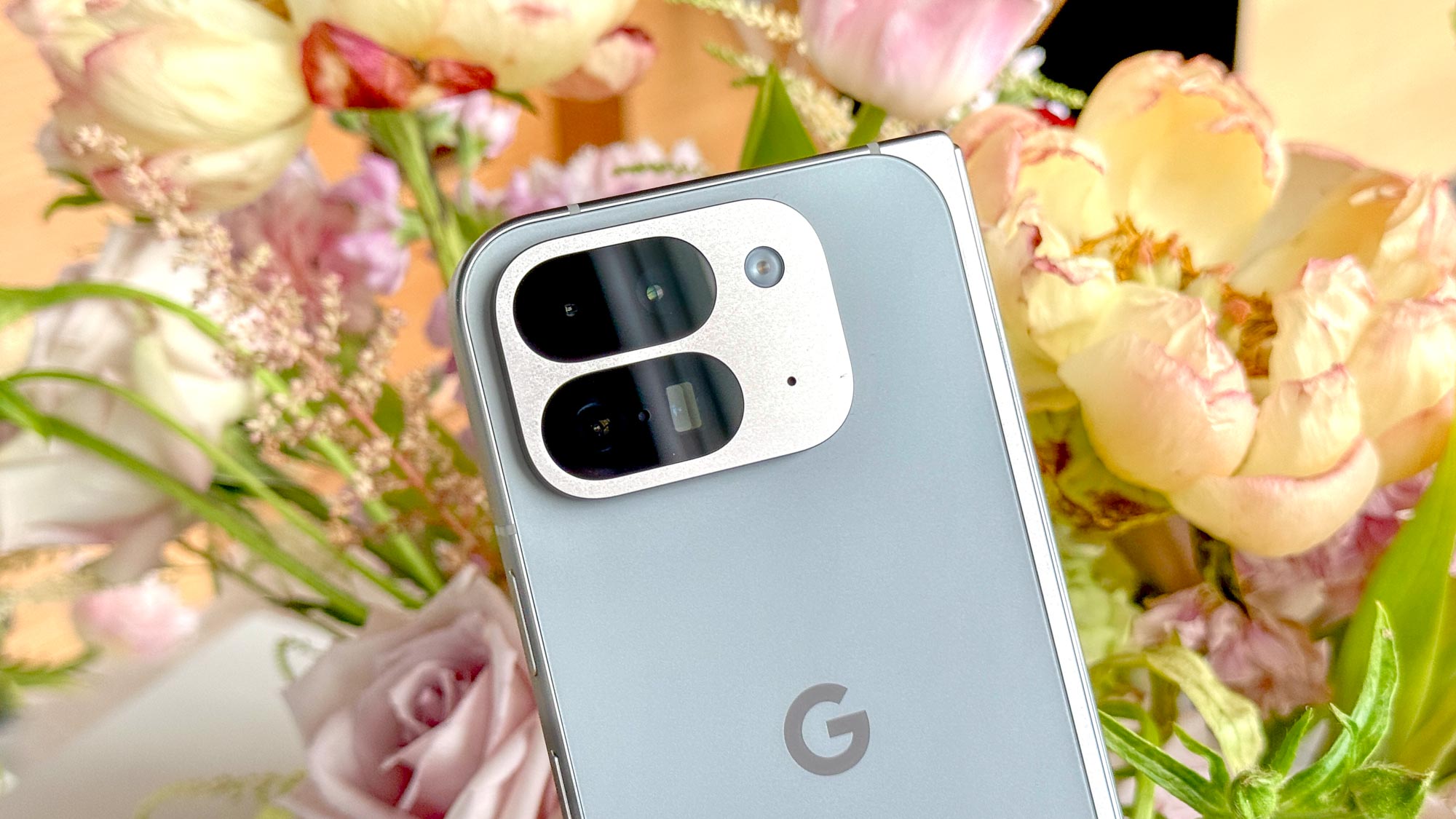
This may be a bit of a nitpick since we imagine the Pixel 9 Pro Fold will perform well in our camera testing given Google's strong track record in mobile photography, but don't go looking for major camera improvements from the original Pixel Fold. There's a new ultrawide sensor that allows for macro photography, and the front cameras on the Pixel 9 Pro Fold enjoy some minor resolution improvements. But essentially Google is relying on the same hardware as before, especially when it comes to the phone's 48MP main sensor and its 10.8 telephoto lens.
It's a little strange that the Pixel 9 Pro Fold commands the highest price of any Pixel 9 phone while not offering the best camera setup. Both the Pixel 9 Pro and Pixel 9 Pro XL have more powerful ultrawide cameras, with 48MP sensors capturing images. The front cameras on those two Pixel 9 Pro models boast sharper resolution, as well.
The Fold's battery got smaller
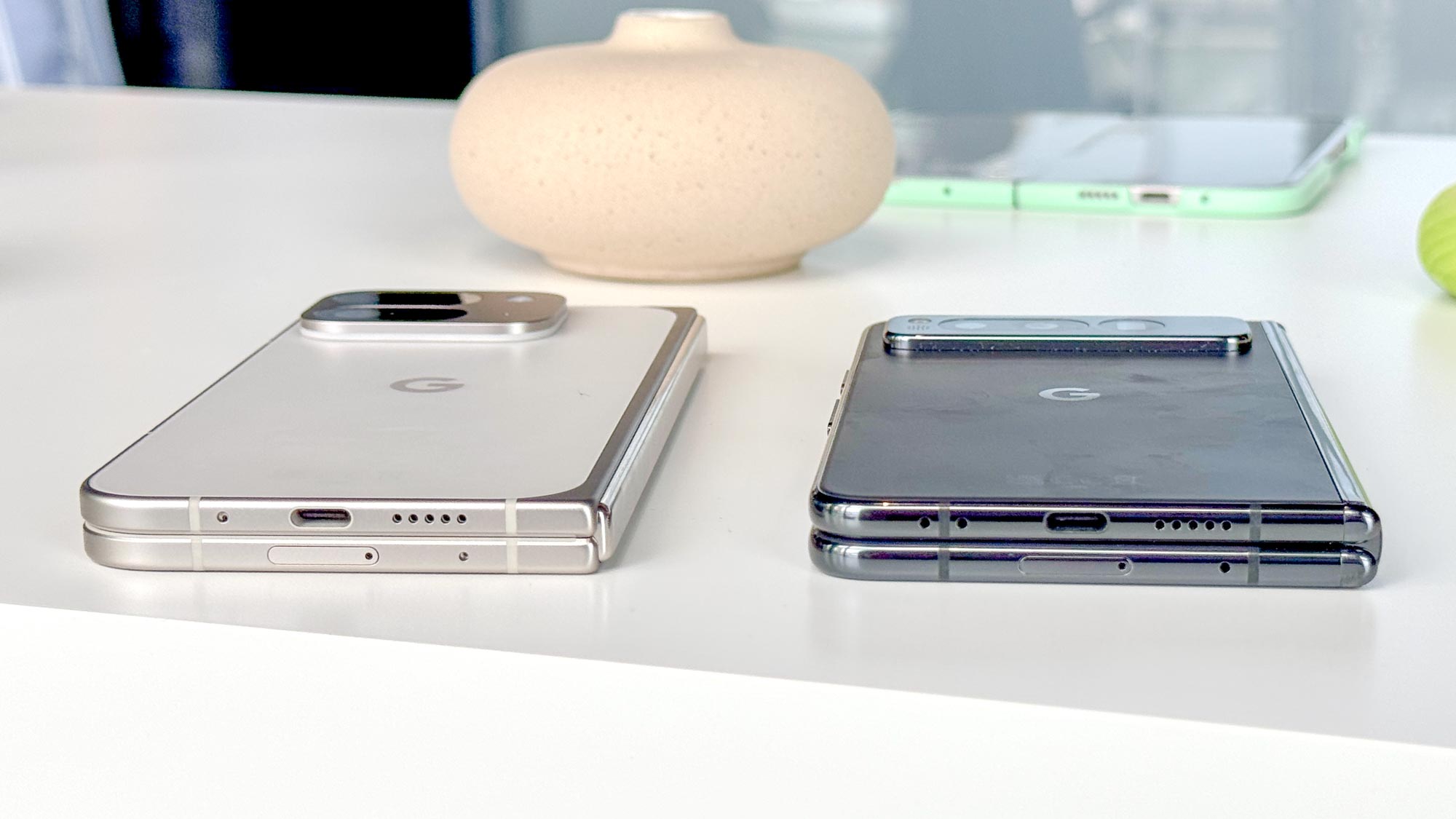
Here's an area where Google did take a step back — the battery in the Pixel 9 Pro Fold is smaller than the 4,821 mAh cell that kept the Pixel Fold powered up. For its new phone, Google thinks a 4,650 mAh battery is up to the task.
There's more to longevity than a big battery, but a larger power pack usually helps. And foldable phones need all the help they can get, given the bigger screens they need to keep powered up. The Pixel Fold lasted 10 hours and 21 minutes on our battery test, which is a little better than average for the phones we tested. But to get that result, we had to turn off the adaptive refresh rate on the Fold's main display.
It's possible the Tensor G4 does a better job managing power than the G2 inside the original Pixel Fold did, so the Pixel 9 Pro Fold could post a better battery test result even with its smaller cell. But the odds are stacked against this phone joining other long-lasting devices on our best phone battery life list.
Google Pixel 9 Pro Fold outlook
Google certainly listened to feedback on the original Pixel Fold when it came time to make a sequel, with the Pixel 9 Pro Fold incorporating some rather critical changes to its look and feature set. We won't be able to fully evaluate whether those changes are enough to vault the new Fold to the top of the foldable phone rankings, but it's definitely in the conversation with other devices from Samsung and OnePlus.
More from Tom's Guide
Sign up to get the BEST of Tom's Guide direct to your inbox.
Get instant access to breaking news, the hottest reviews, great deals and helpful tips.
Philip Michaels is a Managing Editor at Tom's Guide. He's been covering personal technology since 1999 and was in the building when Steve Jobs showed off the iPhone for the first time. He's been evaluating smartphones since that first iPhone debuted in 2007, and he's been following phone carriers and smartphone plans since 2015. He has strong opinions about Apple, the Oakland Athletics, old movies and proper butchery techniques. Follow him at @PhilipMichaels.

